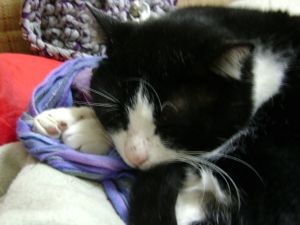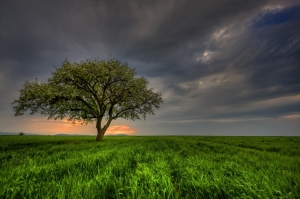Scottish Clans
20 11 2009
The word “clan” is derived from the Scots Gaelic word “clann” meaning the children, offspring or descendants. Not all surnames in Scotland or even in the Highlands became “clans” (indeed surnames only started to come into use in the 12th century). There is no hard and fast rule but a “clan” is usually of a sufficient size to have established a territory and is likely to have a clan chief.
Within the Scottish Highlands, in the 12th and 13th centuries the concept of “clan” grew beyond immediate family to cover an extended network of people who felt that they had loyalties to a particular clan chief. Sometimes the extension of the clan territory, and therefore the clan members, was achieved by conquest or by alliances or marriage. Eventually, as the a Scottish monarchy became established and exercised control, the allocation of clan lands would be granted, or at least authorised, by the king. The clan chief had duties in relation to clan members, which included providing help and support (including the allocation of smaller parcels of land and property) and, in the absence of any other legal framework, resolution of disputes and exercising justice. The clan chief could also demand that clan members join him either in defending clan lands or on raids on adjoining territory to extend clan lands, steal cattle or provisions – or in revenge for an earlier attack by another clan. While the “election” of a chief could and did happen (the eldest son was not automatically adopted – the selection was down to whom could best lead a fighting clan) male succession eventually became the norm (although in more recent times a clan chief can be male or female). A notable feature of the clan system was that the clan chief was not put on a pedestal and “looked up to” as a superior individual. English visitors to the area, more used to the idea of landed gentry, nobility and subservience were often surprised by the close relationship between the chief and his people. The clan system, as it had operated for hundreds of years, was essentially destroyed after the Jacobite Uprising in 1745/46 when many clans supported the claim of Prince Charles Edward Stewart to the throne of the (by then) United Kingdom.
To each clan corresponds a different tartan.
Comments : Leave a Comment »
Categories : Trivia




![tartan[1]](https://mjmarkes.files.wordpress.com/2009/11/tartan13.jpg?w=510&h=404)